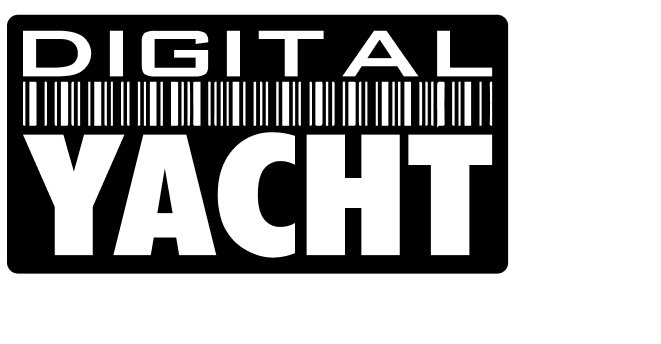EngineLink Update for Engine Hour Gauge
Attached is a ZIP file, that includes the latest EngineLink update, version 1.07 which now has Engine Hour Gauges added to the drop down list of available gauges (at the bottom of the list). They appear as a digital gauge as shown in the dashboard screen shot below… The attached ZIP file contains two update files, that must be loaded one at a time to the EngineLink. It is very important that you update the two files in the right order…. EngineLink_OTA_v1_07_00F.bin EngineLink_OTA_v1_07_00S.bin Update Procedure If you have already setup your dashboard of gauges and you want to avoid setting this upRead More →
